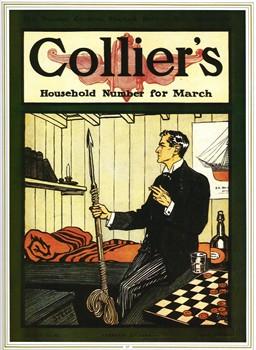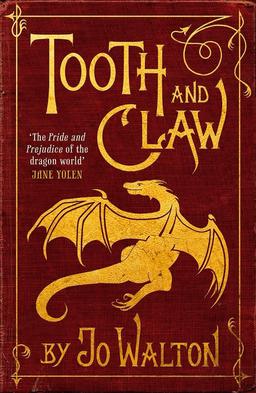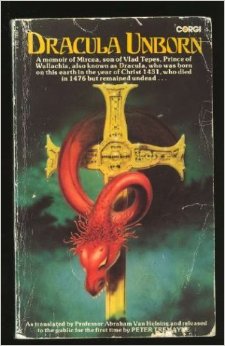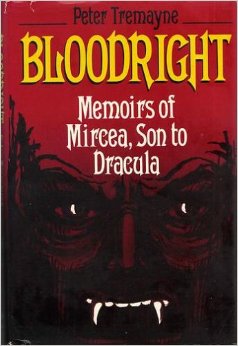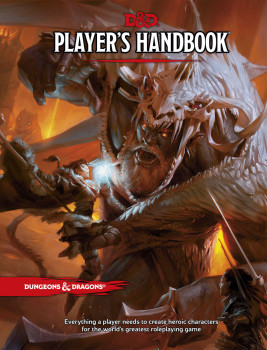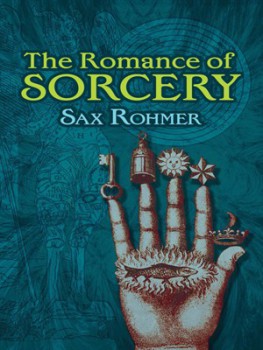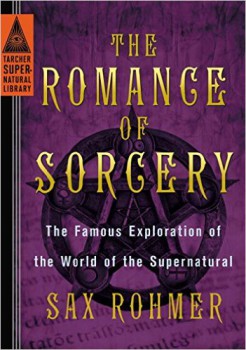You Can’t Go Home Again: The Annotated Sword of Shannara: 35th Anniversary Edition by Terry Brooks
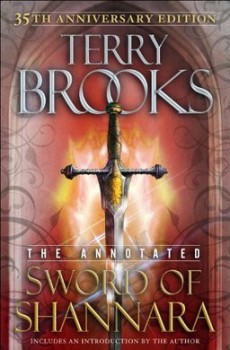 Once upon a time, said the storyteller, a band of brave travelers set off into the wilderness in desperate hope of destroying a mighty dark lord. The only thing that could destroy the villain was a single magic talisman wielded by one specific young man. Along the way they were beset by enemies known and unknown and eventually became separated. Some continued on the original quest while others decided to warn their allies in a mighty walled city of impending attack.
Once upon a time, said the storyteller, a band of brave travelers set off into the wilderness in desperate hope of destroying a mighty dark lord. The only thing that could destroy the villain was a single magic talisman wielded by one specific young man. Along the way they were beset by enemies known and unknown and eventually became separated. Some continued on the original quest while others decided to warn their allies in a mighty walled city of impending attack.
In the end, the young hero, after confronting his own inner demons, defeated the villain. At the same time, the walled city staved off defeat long enough that it could be saved by the propitious arrival of an ally’s army. The world was set right.
“Stop! Stop!” cried some in the audience. “We already know this one!”
“Shut up!” yelled others. “We liked it before and we like it this time too!”
The storyteller said, “I know you’ve heard it before, but I’m telling it my own way and I think you’ll like it.” Much of the audience cheered.
In the back of the room, a man and a woman smiled and smelled success.
In 1977 when I was eleven, I, along with hundreds of thousands of others, was part of the group that yelled “Shut up!” For us it didn’t matter that chunks of Terry Brooks’ The Sword of Shannara read like he’d simply xeroxed The Lord of the Rings, sped it up, and stripped out the hard parts, songs, and poetry. So what if the Skullbearers bore an uncanny resemblance to the Ring Wraiths and the city of Tyrsis to the city of Minas Tirith? Did it matter that gnomes were suspiciously like orcs? That the whole point of the book was to get a single young man into the dark lord’s kingdom and bring him down with a certain magic item? Heck no! We loved the first iteration of those things and wanted them all over again. We were happy to read even a slavish imitation of LotR. I read the book in about three days. At over seven hundred pages it was the longest book I had read to date. One friend stayed in his room and read it in a day.

